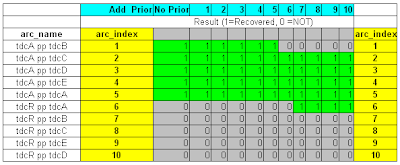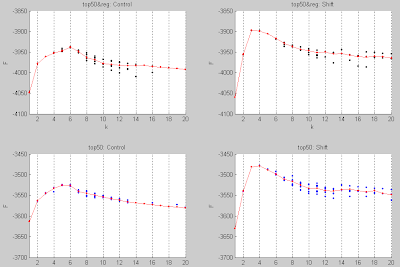 auc_reps_all_in_1.pdf
auc_reps_all_in_1.pdfDownload Figures: auc_reps_all_in_1.pdf and each separate figures in directory.
Note: Bars are grouped to show AT LEAST how many reps for x-arc is needed to reach some range of AUC value.
For example:
In the first subfigure (mu=1, kk =1), to reach range [0.625, 0.65], 0-arc at least reps =16 is needed, others only need reps =1.
Download AUC_data: arc0_mat; arc1_mat;arc2_mat;arc3_mat
In 1-arc test, auc value is stored by arc1_mat(mu_ind,kk_ind,reps_ind) = auc;
e.g. if mu = 2, kk =3, reps =8, the corresponding index should be arc1(2,3,4).
Setting:
murange = [1 2 4];
kkrange = [1:3];
reps = [1 2 4 8 16];































